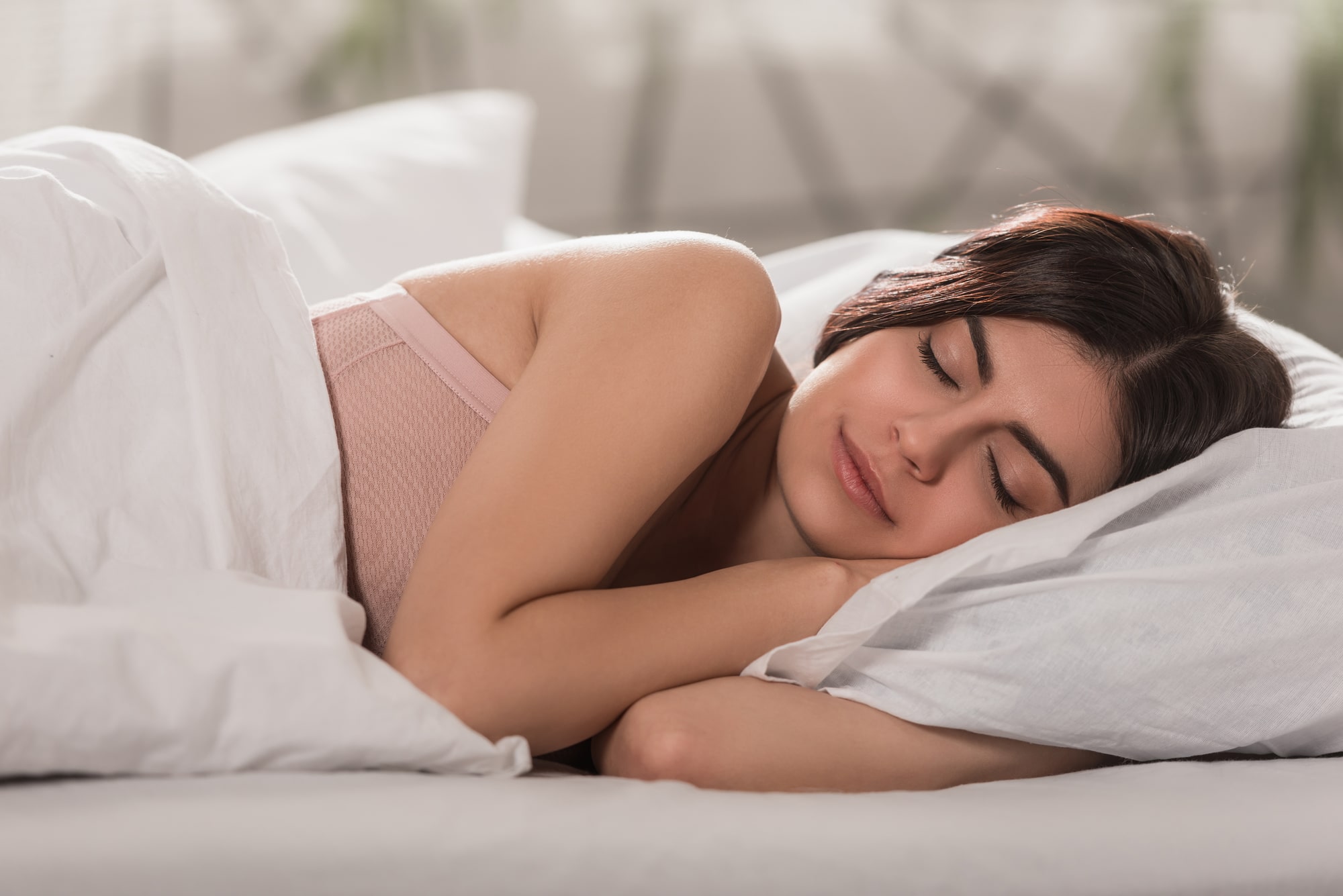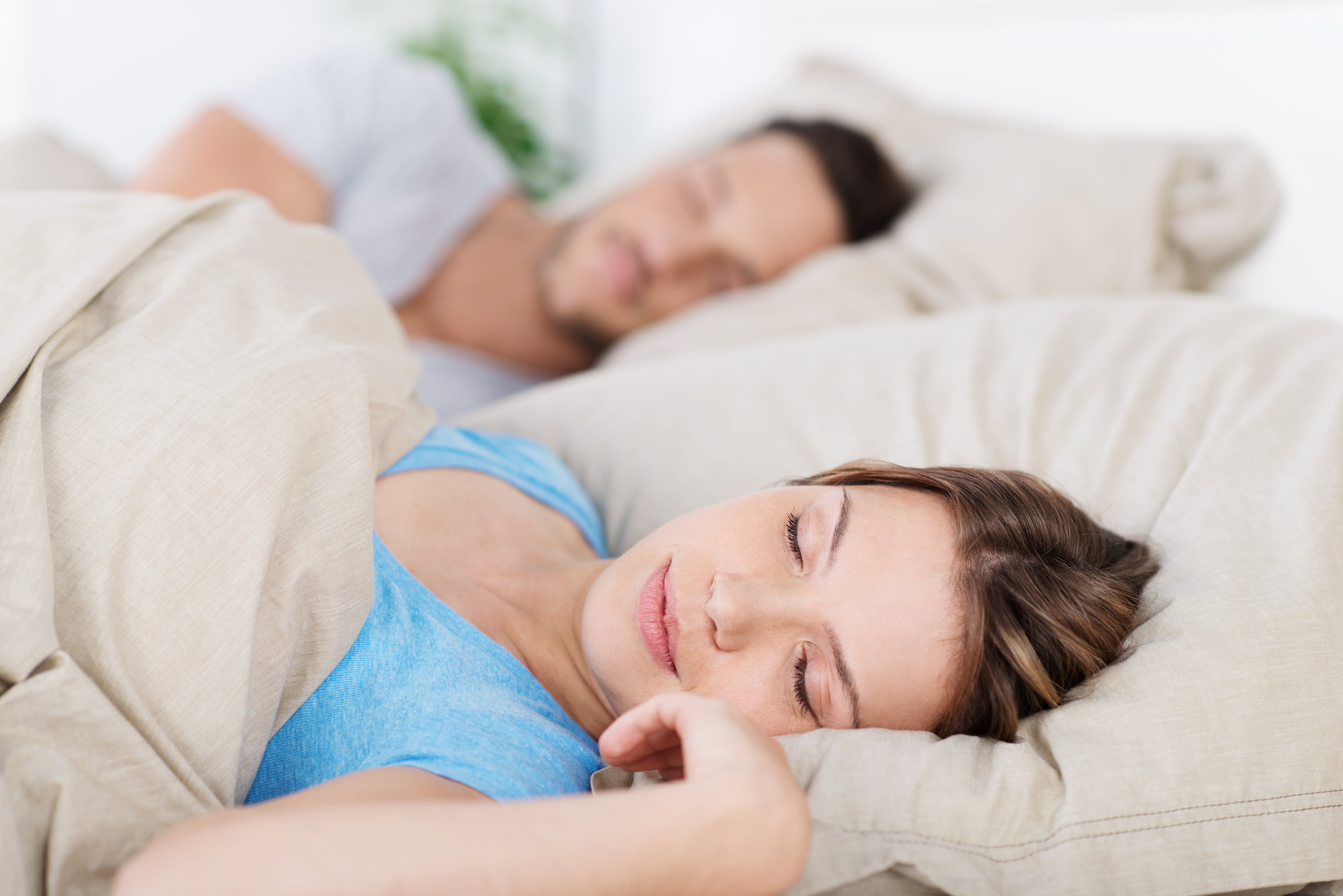Neck pain is a common symptom suffered by the worlds population. Studies have shown that in general, women suffer chronic neck pain more than men. (1) Literally everyone I know has experienced neck pain in their life at one point or another. Believe me, they make it known to me at social outings.
However, this story is about me and a nagging case of pain in the lower left side of my neck of 2 months duration. Just typing out that sentence brings me back to that uncomfortable feeling. Every day I woke up with this feeling and it never really went away. I tried everything from massage to exercises and even multiple chiropractors. Of all three interventions, I found certain chiropractic adjustments to be the most successful in eliminating the pain.

Daily Routine, Daily Neck Pain
Just like the movie “Groundhog Day” with Bill Murray, I would go to sleep, wake up and go through the pain all over again. What a nuisance! It wasn’t debilitating as I could still function rather well. Anyone, reading this right now who has been in my position knows precisely what I’m writing about. I’m sure it resonates with many readers.
People assume that since health professionals deal with these musculoskeletal problems daily with their patients, we take heed of the advice we provide. In this case, I missed a very important question I ask my patients or they ask me during their care.
What Position Do I Sleep In To Avoid Chronic Neck Pain?
Typically, most individuals sleep in one of three positions. On their back, side, or on their stomach. I’d prefer patients sleep either on their back or on their side as it may cause the least amount of stress on your back. Stomach sleeping appears to put the most strain on your back and neck so it’s the least desirable of the three sleeping positions.
What Kind Of Pillow Should I Use?
The pillow market is saturated with options. There is a variety of pillows out there that I could write a whole paper on the topic. However, I would rather tell you how to choose the right pillow for your sleeping position.
Back Sleep Position
If you are sleeping on your back, you require a very thin pillow or no pillow at all. The reason behind this recommendation is that your spine needs to be in “neutral position.” Using a large pillow or several smaller pillows for example, would move your spine away from neutral into a flexed position and thus may cause strain.
A neutral spine is the natural position of the spine when its three curves (cervical, thoracic, and lumbar) are in proper alignment. This is a very stable position for the spine to be in. When it deviates away from neutral it can apply pressures to parts of the spine that may result in pain and discomfort.
Side Sleep Position
If your desired sleeping position is on your side, which happens to be my preferred sleeping position, a proper pillow keeping your neck in neutral position with another pillow in between the knees is ideal. Here is a video demonstrating this side sleeping position with proper pillow support.
Stomach Sleep Position
Stomach sleeping places the most stress on the spine. However, a number of patients have expressed to me that it is the only position they are able to fall asleep in. Having uninterrupted sleep is important and vital for proper body functioning. I talk about the number of hours you need to achieve that in this TV segment.
Sleep deprivation is a serious problem affecting many people. If sleeping on your stomach is the only position that allows you to fall and stay asleep, then I recommend placing a pillow under your stomach to minimize the pressure placed on your back. If you want more tips, click here to read Bedtime Woe’s? – 5 Simple Tips For Blissful Zzzz’s.
The Solution For Chronic Neck Pain
As chiropractors, we are tasked with finding the cause of a complaint and not necessarily treating the symptom itself. In my case, I made the mistake of searching for symptom relief thus forgetting the fundamental principle of locating the cause of the problem that you are treating. Chiropractors as well as manual therapists can help people address problems like this. If you’ve tried to alleviate the pain on your own with little to no success, seek out help as we may be able to discover the cause of the irritation.
My clinic sells water-based pillows that allows the pillow to adapt to shifting sleeping positions. Personally, I find this very beneficial for people that move around in their sleep. Have you ever fallen asleep in one position and woken up in an entirely different position or part of the bed? This type of pillow may be of help.
Water-based pillows are associated with reduced morning pain intensity, increased pain relief, and improved quality of sleep according to a study. (2) For more information you can visit my website and contact my office. To watch a video on how to pick the perfect pillow, click here!
What Was The Solution To My Problem?
My pillow was too high for my neck position. How could I forget! I had placed too much water in the pillow which had shifted my neck position from neutral to a side-flexed position. Add 6-8 hours of sleep in an awkward position and of course you will wake up with chronic neck pain every day! Since correcting for that error and continuing to see my chiropractor regularly the change was almost instantaneous.
I hope you learn from this common and simple solution to waking up with neck pain. For more information, click here for my Top Ten Tricks To Get The Best Sleep EVER!
Reference:
1. https://www.ncbi.nlm.nih.gov/pmc/articles/PMC3489448/
2. https://www.ncbi.nlm.nih.gov/pubmed/9041902
Dr. Nenos has been a Hamiltonian since 1990. He completed his undergraduate education at the University of Western Ontario and earned a Bachelor of Health Science degree with Honors. It was in his first year of university that he learned of a profession called Chiropractic. At the time, Dr. Nenos was considering pursuing medicine. Shortly after speaking with many prominent chiropractors and eventually becoming a patient himself, he realized that there was more to this profession than just neck or back pain.
After deciding to pursue Chiropractic he attended the only English speaking school in Canada, the Canadian Memorial Chiropractic College (CMCC) in Toronto Ontario. He was actively involved at the college which ultimately earned him the Raymond Moss Award. While attending CMCC he was also honoured to receive a grant from the Canadian Institute of Health Research to conduct research in the field of anatomy. He graduated with a Doctor of Chiropractic Degree in 2008 and shortly after began practicing as an examination doctor in one of the busiest Chiropractic Clinics in the Golden Horseshoe Area. Shortly after Dr. Nenos followed his heart and decided to open Tree of Life Chiropractic in his hometown of Hamilton.
Dr. Nenos is actively engaged in the community. He served as Canadian Director of the Assyrian Medical Society for a period of time, a humanitarian organization dedicated to serving children, families, and their communities stricken by the war and famine in the Middle East. The organization’s leadership is based on accountability, transparency and honesty which is a reflection of his practice. He is also a runner and triathlete and competes mainly in half marathon distances (21.1 Km). Today, Tree of Life Chiropractic is blessed to serve patients from Hamilton and surrounding areas. He is also the health expert on the local TV show Hamilton Life and can be seen on Cable 14 producing content for his own health show. He is passionate about topics of health relating to the spine and nervous system, nutrition, mind, and exercise.
“My passion is helping people transform their lives by adopting a healthy lifestyle.”
~ Dr. Nenos Damerchie



